How to Read a Windsock
Pilot Institute
JANUARY 3, 2025
The wide end of a windsock points into the wind, while the narrow end indicates its direction. Standard FAA aviation windsocks are calibrated to fully extend at a wind speed of 15 knots. Regular inspection of windsocks makes sure you receive reliable wind information. Extended halfway: Winds are around 7-8 knots.




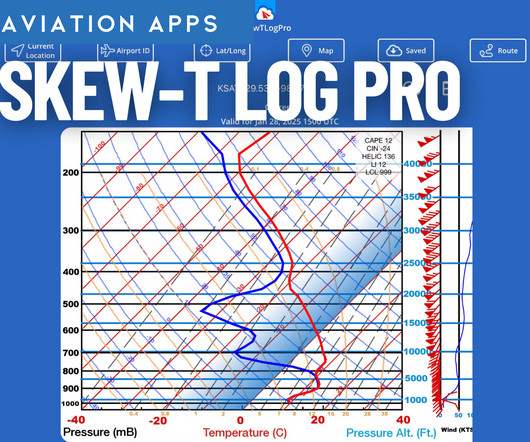





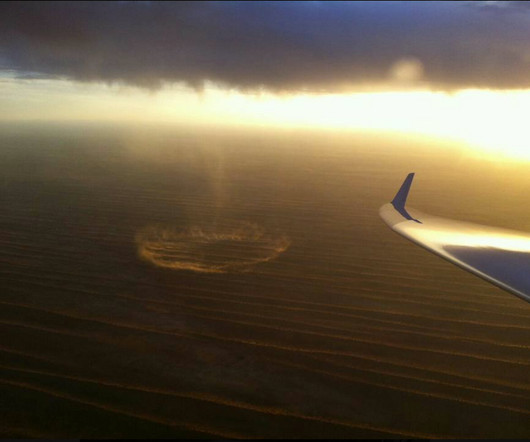


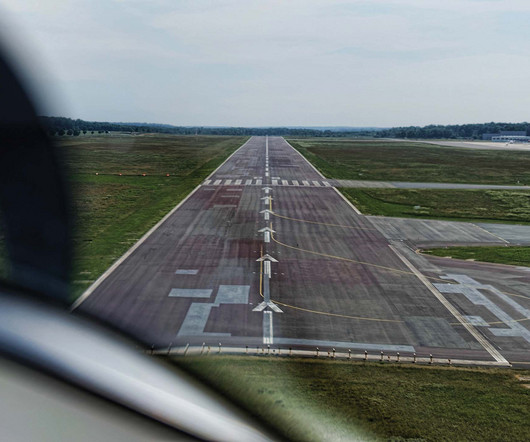

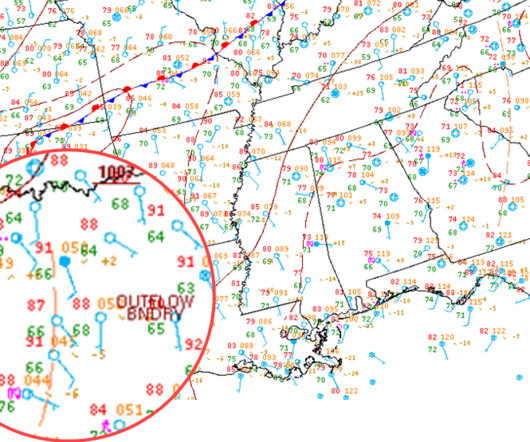


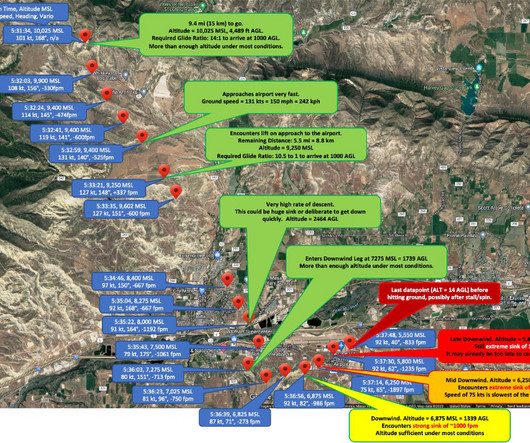








Let's personalize your content